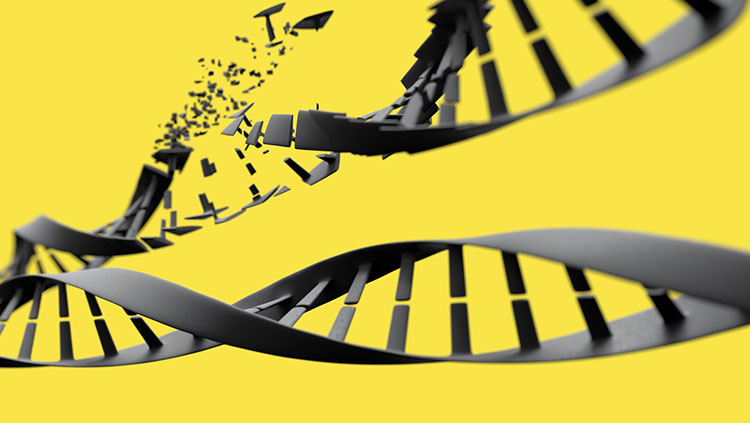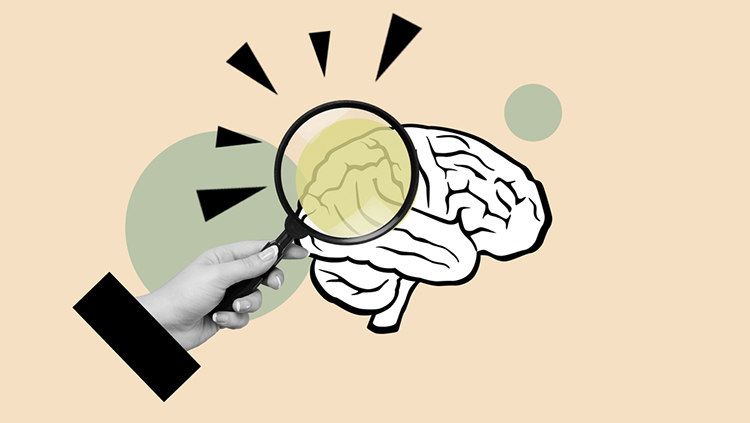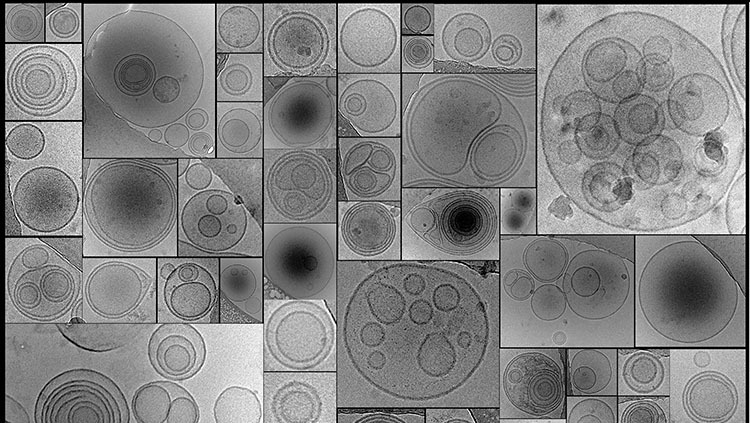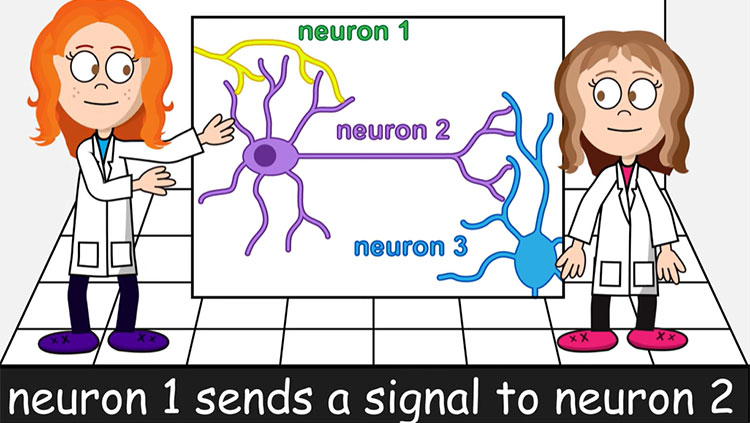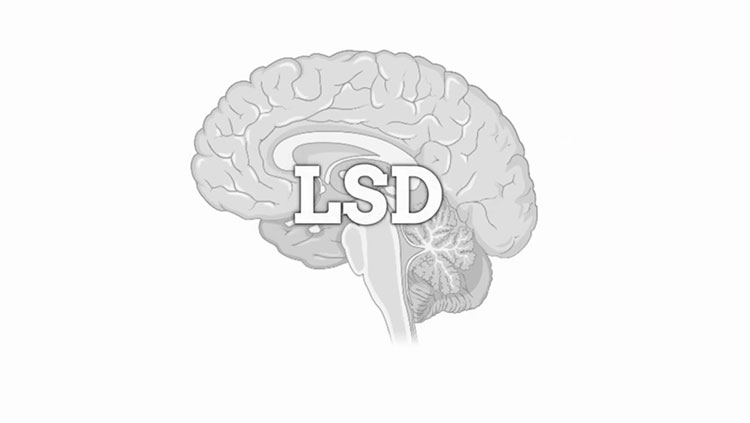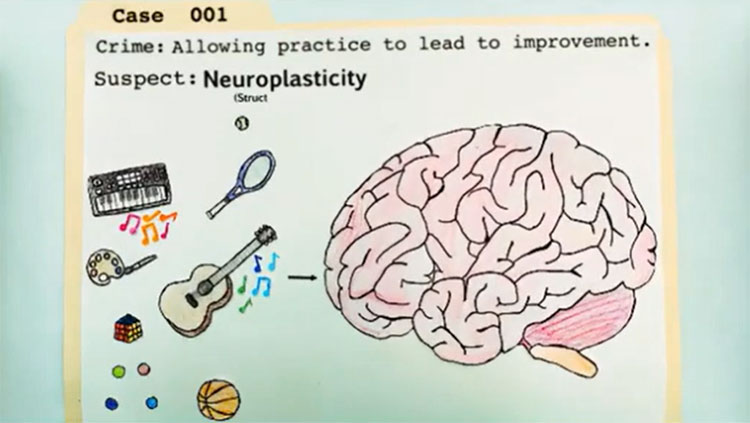Cell Transplantation Using Stem Cells
- Reviewed11 Dec 2023
- Author Knvul Sheikh
- Source BrainFacts/SfN
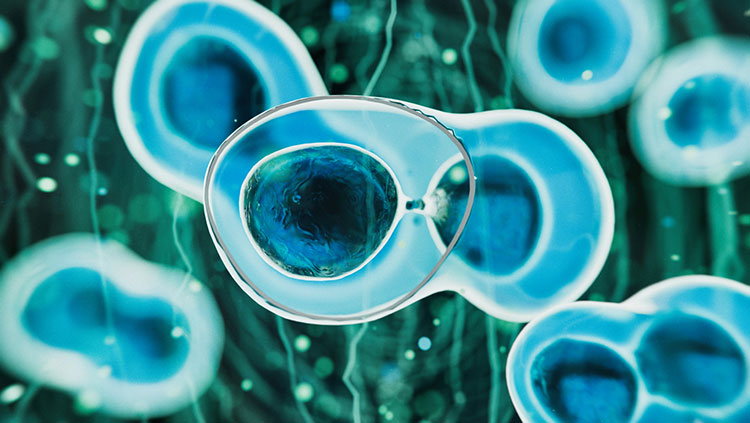
Animals are made up of many different types of cells. Studying stem cells, the foundational cells from which other cells can arise, allows researchers to find new treatments and therapies for people with a range of ailments.
Stem cells are replicating, unspecialized cells found in certain bodily tissues. They can make copies of themselves as well as transform into specialized cells. Stem cells can be derived from embryos, certain adult cells, or reprogrammed adult cells that are unspecialized like embryonic stem cells.
Not all stem cells are alike. Adult stem cells exist as multipotent or unipotent. Multipotent cells can mature into a few specific cell types, while unipotent cells can mature into a single cell type only. Multipotent and unipotent stem cells eventually stop reproducing. Still, they are vital components of specific organ systems like the skin and gut, or tissues like blood.
Embryonic stem cells, on the other hand, can be multipotent, totipotent (able to mature into any cell type in the body), or pluripotent (able to mature into any cell type except cells that support embryonic development). Totipotent and pluripotent stem cells can reproduce for a varying amount of time during development and can be used to regenerate or repair normal, aging, or diseased tissue and organs.
Induced pluripotent stem cells (iPSCs) are adult cells that have been reverted to an embryonic stem cell-like state. With appropriate molecular triggers, these cells will differentiate into almost any cell type in the body.
Across the field of neuroscience, researchers have made use of the wide range of cells derived from stem cells — from neurons, to the nourishing and protective astrocytes, to the signal-boosting oligodendrocytes, and more.
The ability to create iPSCs has changed how scientists study the biological mechanisms underlying normal, diseased, and disordered development. By studying stem cell development, scientists gain a better understanding about how the nervous system develops, matures, and ages — and how these patterns change in response to injury or neurological disease.
They have also enabled the use of cerebral organoids — brain-like structures derived from stem cells in the lab. Organoids facilitate the study of neurological development outside of the womb. The organoids tend to be composed of cells from isolated areas of the brain. While they completely lack the biological interconnectedness of a whole brain and a body, scientists have transplanted them into living organisms to examine how they behave in a more natural context.
Stem cells have prompted significant ethical discussion, particularly when the discussion revolves around embryonic stem cell extraction and use, including the transplantation of cells derived from embryonic stem cells.
However, different types of stem cells from embryonic to adult stem cells can provide the basis for a range of treatments for people with various illnesses and conditions. New research and developments in stem cell technologies continue to shape the ethical considerations around their use. As of 2023, the only stem cell treatment approved by the U.S. Food and Drug Administration (FDA) thus far is a product that treats the blood system.
Adapted from the 8th edition of Brain Facts by Knvul Sheikh.
CONTENT PROVIDED BY
BrainFacts/SfN
References
Armitage, H. (2015). Gene-editing method halts production of brain-destroying proteins. Science. http://www.sciencemag.org/news/2015/10/gene-editing-method-halts-production-brain-destroying-proteins
Belluck, P. (2017). New Electrical Brain Stimulation Technique Shows Promise in Mice. New York Times. https://www.nytimes.com/2017/06/01/health/new-electrical-brain-stimulation-technique-shows-promise-in-mice.html
Boseley, S. (2001). Parkinson’s Miracle Cure Turns into a Catastrophe. The Guardian. https://www.theguardian.com/uk/2001/mar/13/highereducation.education
Chakrabarty, T., Ogrodniczuk, J., & Hadjipavlou, G. (2016). Predictive Neuroimaging Markers of Psychotherapy Response: A Systematic Review. Harvard Review of Psychiatry, 24(6), 396–405. https://doi.org/10.1097/HRP.0000000000000132
Costandi, M. (2015). Gene therapy rescues dying cells in the brains of Alzheimer’s patients. The Guardian. https://www.theguardian.com/science/neurophilosophy/2015/aug/28/gene-therapy-rescues-dying-cells-in-the-brains-of-alzheimers-patients
Deep Brain Stimulation for Movement Disorders. (2017). University of Pittsburgh. http://www.neurosurgery.pitt.edu/centers-excellence/epilepsy-and-movement-disorders-program/deep-brain-stimulation-movement-disorders
Deep Brain Stimulation. (2022). Cleveland Clinic. https://my.clevelandclinic.org/health/treatments/21088-deep-brain-stimulation
Deep Brain Stimulation. (2017). Mayo Clinic. http://www.mayoclinic.org/tests-procedures/deep-brain-stimulation/home/ovc-20156088
Earlier Diagnosis. (2017). Alzheimer’s Association. http://www.alz.org/research/science/earlier_alzheimers_diagnosis.asp
Fisher, E. (2014). Psychiatrists Embrace Deep-Brain Stimulation. Scientific American. https://www.scientificamerican.com/article/psychiatrists-embrace-deep-brain-stimulation/
Gay, M. (2015). Brain New World. The Scientist. http://www.the-scientist.com/?articles.view/articleNo/44079/title/Brain-New-World/
Hardesty, L. (2015). Predicting change in the Alzheimer’s brain. MIT News. Massachusetts Institute of Technology. http://news.mit.edu/2015/predicting-change-alzheimer’s-brain-1006
Kasten, F. H., & Herrmann, C. S. (2017). Transcranial Alternating Current Stimulation (tACS) Enhances Mental Rotation Performance during and after Stimulation. Frontiers in Human Neuroscience, 11, 2. https://doi.org/10.3389/fnhum.2017.00002
Mancuso, L. E., Ilieva, I. P., Hamilton, R. H. and Farah, M. J. (2016). Does Transcranial Direct Current Stimulation Improve Healthy Working Memory?: A Meta-analytic Review. Journal of Cognitive Neuroscience, 28, 8, 1063-1089. https://doi.org/10.1162/jocn_a_00956
Morishita, T., Fayad, S. M., Higuchi, Ma. Et al. (2014). Deep Brain Stimulation for Treatment-resistant Depression: Systematic Review of Clinical Outcomes. Neurotherapeutics, 11, 475–484. https://doi.org/10.1007/s13311-014-0282-1
Nutt, A. E. (2016). The Mind’s Biology. The Washington Post. https://www.washingtonpost.com/sf/national/2016/02/19/brain-hacking-the-minds-biology/
Oremus, W. (2013). Spark of Genius. Slate. http://www.slate.com/articles/technology/superman/2013/04/tdcs_and_rtms_is_brain_stimulation_safe_and_effective.html
Orenstein, D. (2012). People with paralysis control robotic arms using brain-computer interface. Brown University. https://news.brown.edu/articles/2012/05/braingate2
Piore, A. (2015). A Shocking Way to Fix the Brain. MIT Technology Review. https://www.technologyreview.com/s/542176/a-shocking-way-to-fix-the-brain/
Rotsides, J., Mammis, A. (2013). The Use of Deep Brain Stimulation in Tourette’s Syndrome. Medscape. http://www.medscape.com/viewarticle/813944
Schmidt, H. D., Shelton, R. C., & Duman, R. S. (2011). Functional biomarkers of depression: diagnosis, treatment, and pathophysiology. Neuropsychopharmacology, 36(12), 2375–2394. https://doi.org/10.1038/npp.2011.151
Scudellari, M. (2016). Gene Therapy Might Be the Best, and Perhaps Only, Chance at Curing Brain Diseases. Newsweek. http://www.newsweek.com/2016/05/06/gene-therapy-brain-disease-453217.html
She, A. (2016). CRISPR in Neuroscience: How Precision Gene Editing May Unravel How the Brain Works (and Why it Sometimes Doesn’t). SITNBoston. http://sitn.hms.harvard.edu/flash/2016/crispr-in-neuroscience-how-precision-gene-editing-may-unravel-how-the-brain-works-and-why-it-sometimes-doesn’t/
Sheikh, K. (2016). Eavesdropping on the brain. Scienceline. New York University. http://scienceline.org/2016/01/eavesdropping-on-the-brain/
Sheikh, K. (2017). Cell Therapy 2.0: Reprogramming the Brain’s Own Cells for Parkinson’s Treatment. Scientific American. https://www.scientificamerican.com/article/cell-therapy-2-0-reprogramming-the-brain-rsquo-s-own-cells-for-parkinson-rsquo-s-treatment/
Wolters Kluwer Health: Lippincott Williams and Wilkins. (2016). Brain scans could help predict response to psychotherapy for anxiety and depression. ScienceDaily. www.sciencedaily.com/releases/2016/11/161110115340.htm
Zeliadt, N. (2017). Brain Scans May Forecast Autism in Babies. Scientific American. https://www.scientificamerican.com/article/brain-scans-may-forecast-autism-in-babies/
What to Read Next
Also In Cells & Circuits
Trending
Popular articles on BrainFacts.org



